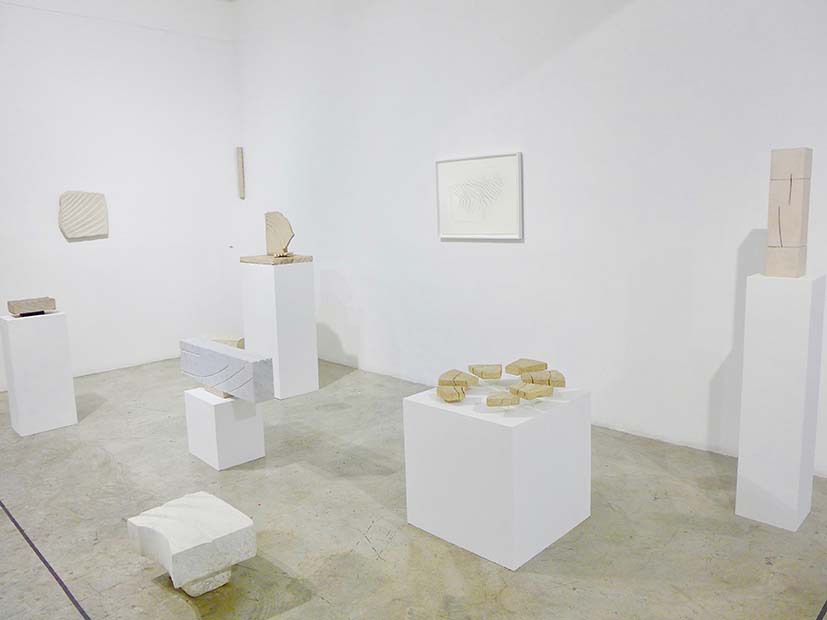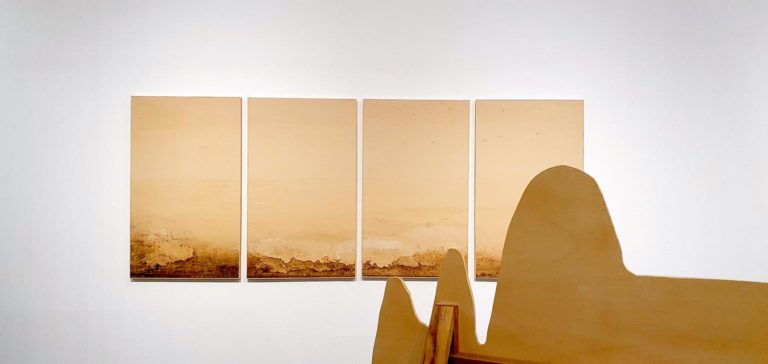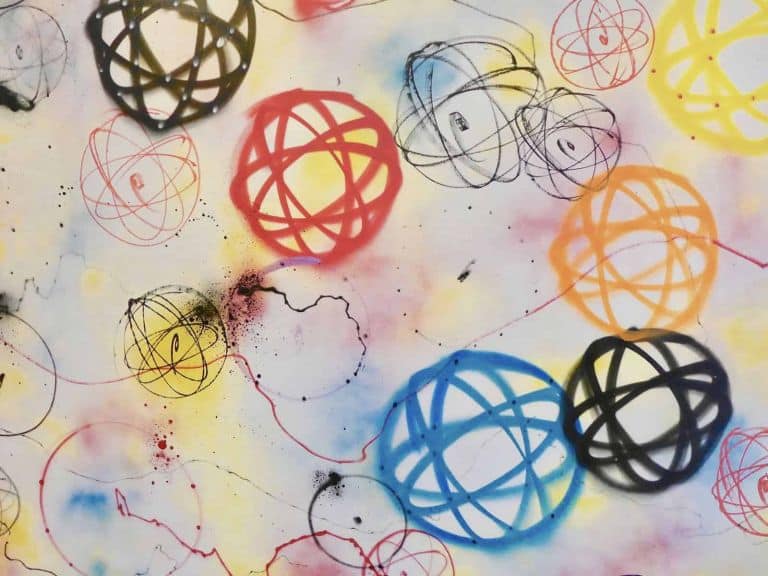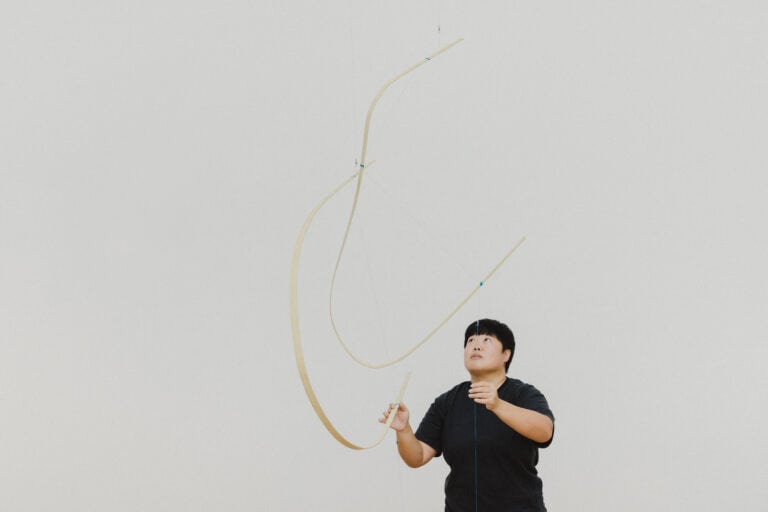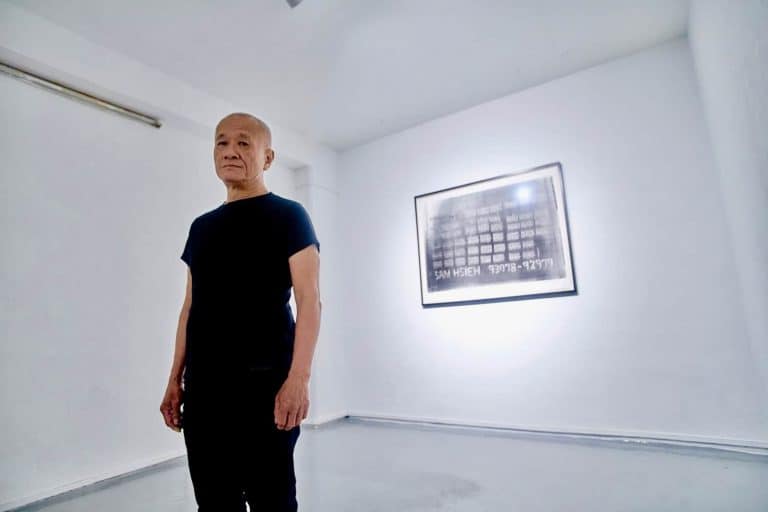I love discovering new artists, especially when they’re from Singapore. But perhaps, I love it more when I discover a female artist who is from Singapore. Many art enthusiasts in Singapore and overseas have heard of Georgette Chen. Hands up those who have heard of Kim Lim? Hint: think abstract minimalist sculptures. Double Hint: she’s not a new artist either.
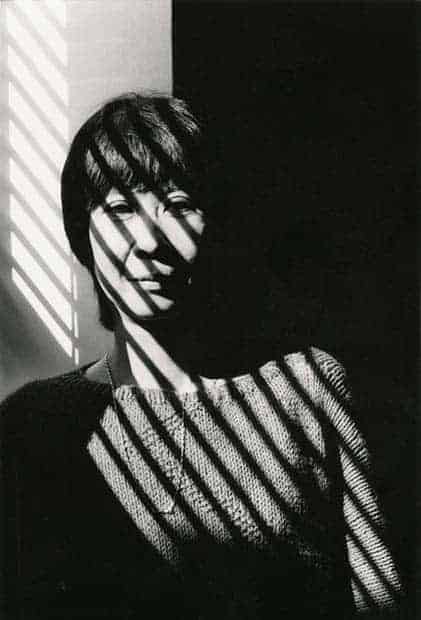
Kim Lim (d. 1997) was born in 1936 in Singapore to a middle-class Chinese family. Her father was a civil servant, a Magistrate, in fact, serving in Penang and Malacca, where Lim spent a substantial part of her early childhood years. Before returning to the Straits Settlements he had studied in London at the Middle Temple, where he gained his law degree. Hence, it is hardly surprising that Kim Lim would eventually follow in his footsteps, ending up in London where she went to St Martin’s School of Art (1954 – 1956) and the Slade School of Art (1956 – 1960). She would remain in London due to her marriage, in 1960, to William Turnbull (1922 – 2012), the celebrated Scottish artist and sculptor, with whom she had two sons, Alex and Johnny.
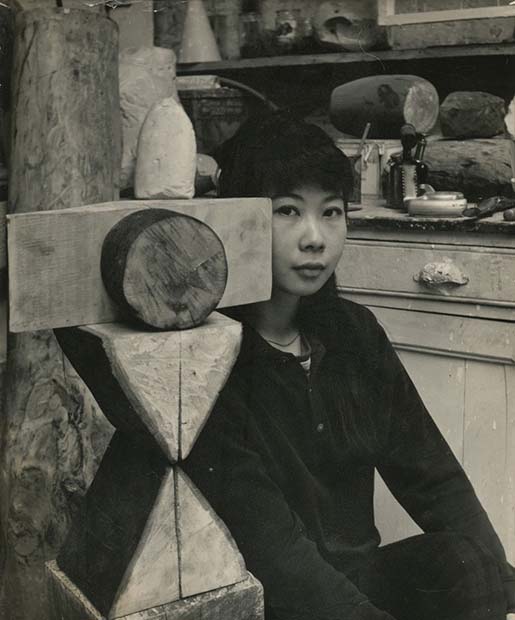
The period during which Turnbull and Lim created was the high point of abstraction and minimalism – two art movements that influenced many artists working in the 1950s and 60s. Abstraction or abstract art can be understood as art that does not depict a thing, person or nature in its real form. Instead, artists use shapes, brush strokes and colours to suggest the subject matter. This allows for more freedom for interpretation by the viewer. Hence, abstraction can be looked at as liberating the viewer from the constraining depictions of Realism and representational forms. Minimalism is an extension of abstraction and a way of depicting the subject matter without representing reality at all. Minimalist art is often described as art in its purest form where the subject matter is depicted simply, geometrically and in an orderly manner. The point of Minimalism is to reduce the subject matter down to its bare bones, in the case of sculpture, to the medium (materials) of the work itself. Hence, viewers are asked to probe into the materiality of the sculpture, to appreciate what it is made of. This becomes the reality of the sculpture itself rather than what the sculpture looks like and represents. If you’re still puzzled about Minimalism, think Japanese Zen gardens. Ask yourself this: Is it a garden? A pile of stones on a bed of sand? Why is it so bare? How do I feel looking at this? Here, one is already asking many questions regarding the concept of the garden. That is exactly what Minimalist artists are asking their viewers to do.

Kim Lim does the same with her work. Visitors to the National Gallery Singapore will see a piece of sculpture, entitled Steps, which Lim made in 1967. It’s made of stainless steel, zinc-coated and painted uniformly in an off-white hue. I actually detect a slightly blue sheen on the whiteness. But that’s just my interpretation of it. You may have another view.

The sculpture comprises of three semi-circular stainless steel discs beginning with the smallest to the biggest, when viewed frontally. I’m thinking of a time in school when teachers would say, “Shortest in front and tallest at the back.” It also kinda reminds me of a toast rack. I don’t know why! It’s the form, perhaps. Lingering longer at the gallery, Steps starts to echo the likeness of three half-moons, and that is when I enter a subliminal world of fantasy and liminality. It’s also when I start to appreciate Minimalism and Abstraction in their essences. Further to this, I detect an element of spirituality found in Steps. I can’t place my finger on it but it’s there, emanating through its whiteness. I’m not suggesting that Lim was spiritual in any way; there is no evidence of this in the writings about her. But there is proof that she travelled extensively in Southeast Asia to places like Cambodia. She went to China, Japan and India too, and I suspect that these trips would have marked and influenced her as an artist.
“My concern is not so much with volume and mass, as with form, space, light, scale and a sense of rhythm; the last may seem an odd thing to mention in terms of sculptural qualities, but for me it is no less physical than the others – it is as real as pulse and breathing.”

Kim Lim was lesser known for her work on paper. To see these, you’ll have to travel to the STPI – Creative Workshop & Gallery, where a number of Kim Lim’s lithograph prints are currently on display. Working with paper, Kim has said that she saw paper as a sculptural material akin to wood and stone. Today, everyone has heard of paper sculptures, many would remember Ikea’s paper lamps which are cheap and minimalist for those decorating their first homes. I had many of these when I was a poor student in England. I liked how they made me think of sculptures.

Sculptures are shaped as we all know. How can that be achieved on paper – a two-dimensional medium? Lim saw the cutting of lines into surfaces, in techniques like intaglio and relief printing, as a shaping process. These lines are then printed onto paper which mimicked her 3-dimensional works. She has some stone sculptures engraved with her signature lines. If you compare her wooden sculptures with her lithographs, you’ll see the similarities for yourself. These works are more than 30 years old. Yet they have kept their timeless and ethereal beauty.
Kim Lim: Sculpting Light, at the STPI – Creative Workshop & Gallery, is the first major solo exhibition in Singapore of the artist’s exquisite works on paper and also her sculptures. It ends in a week – on 3 March 2018 – so if you’d like to catch it before the exhibition closes, you’ll have to hurry! I promise you won’t regret it.
